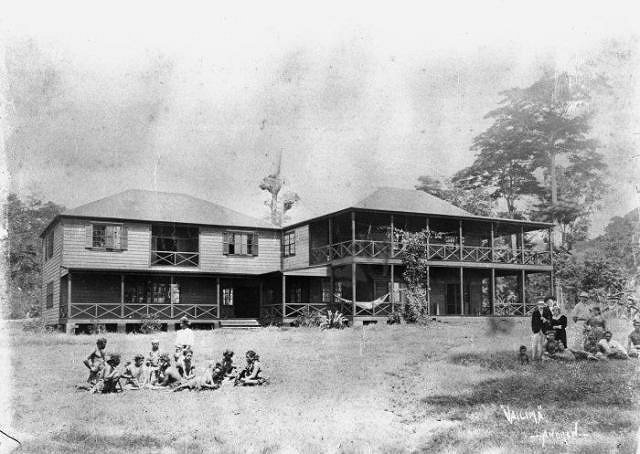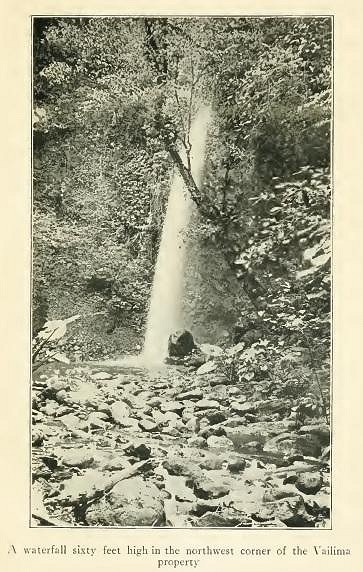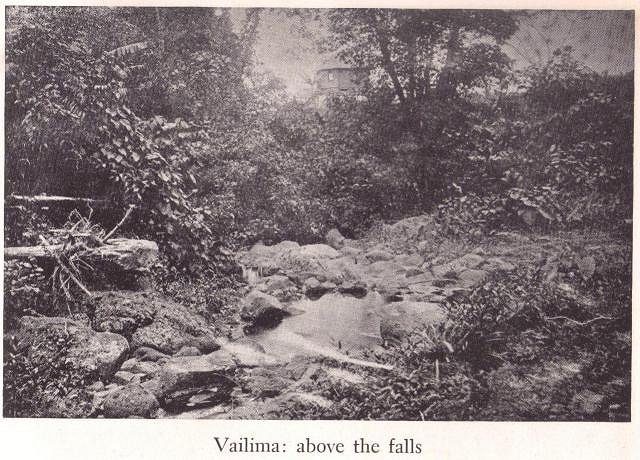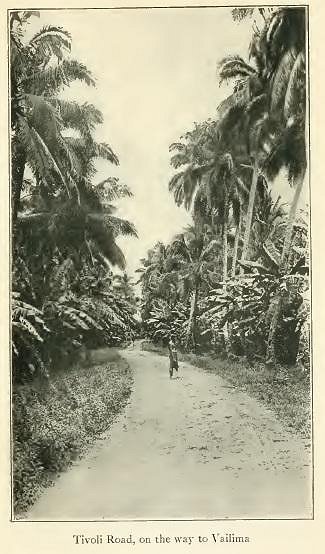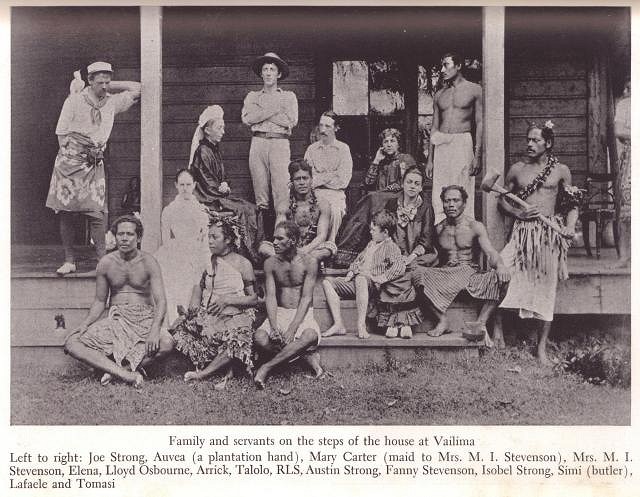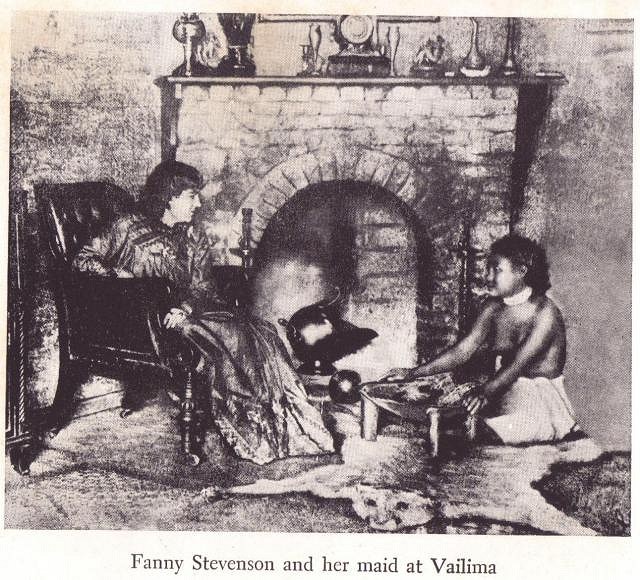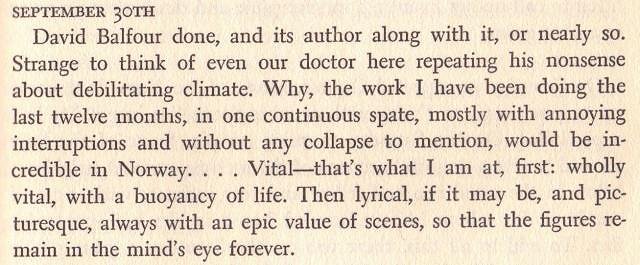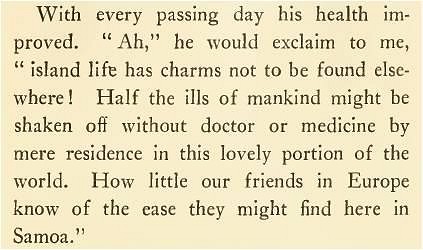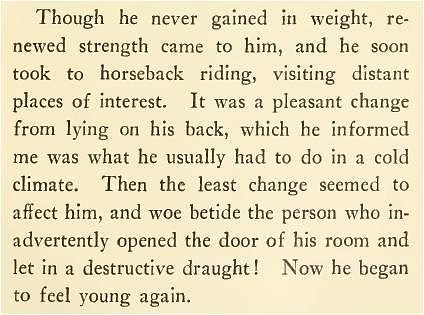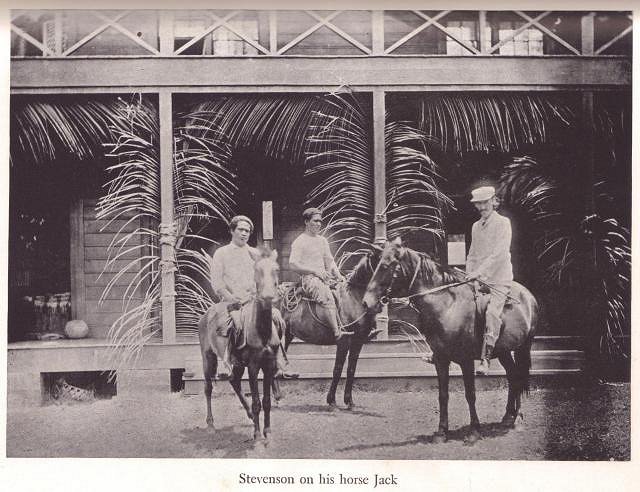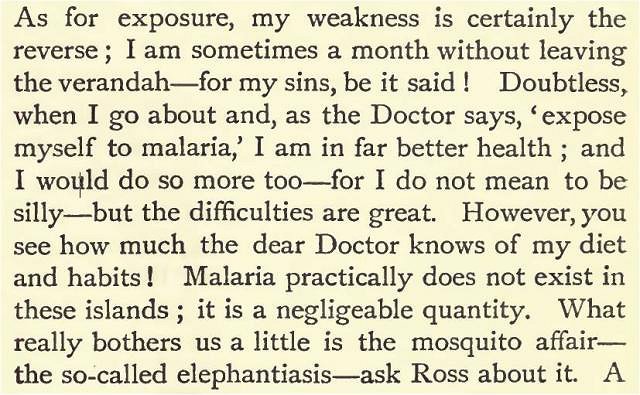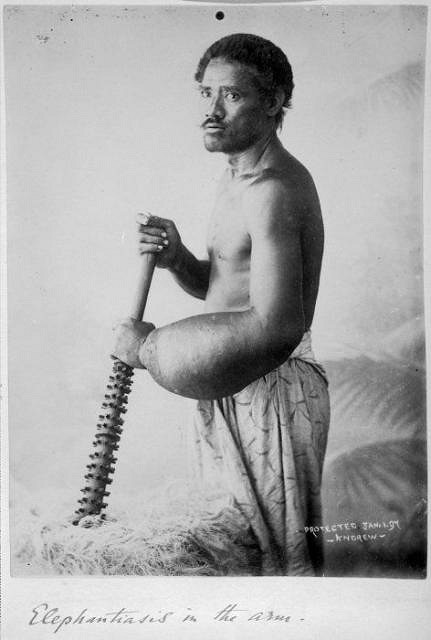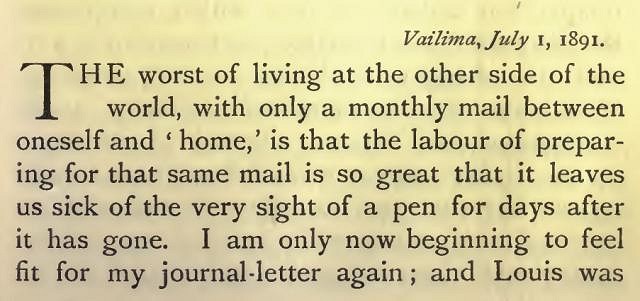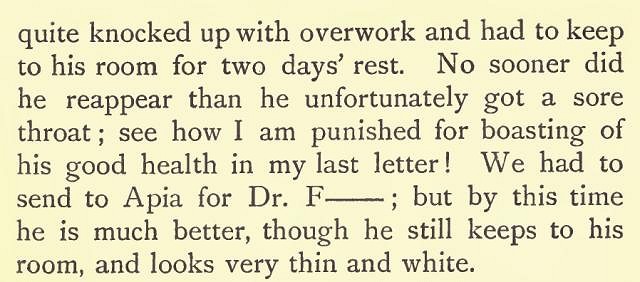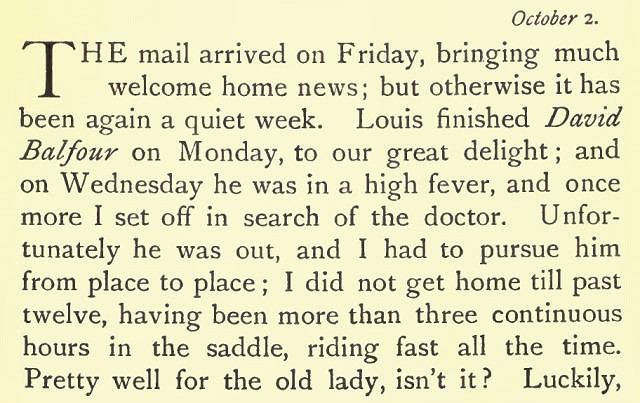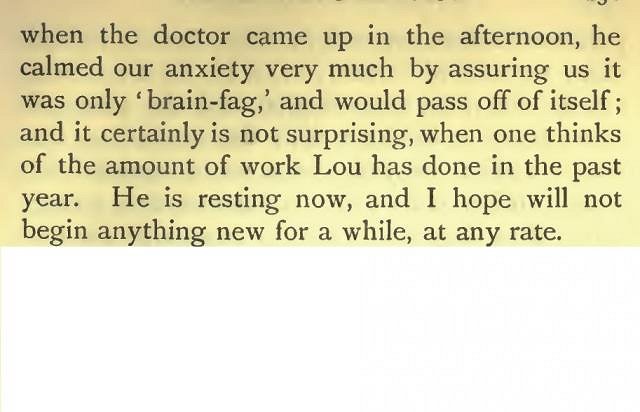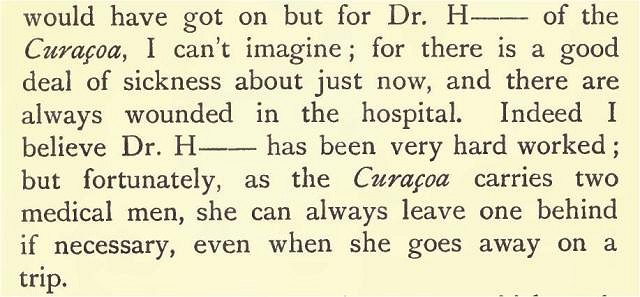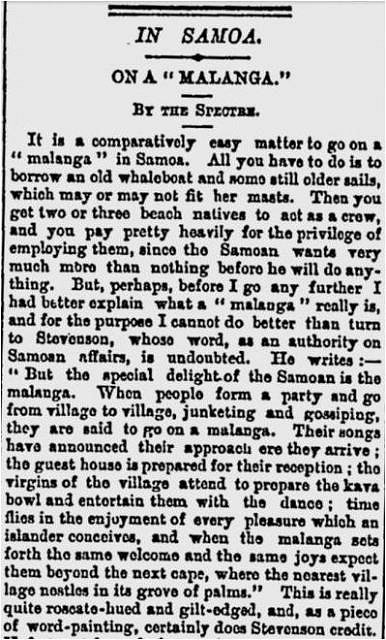Tiki Central / Tiki Drinks and Food / The real Dr. Funk
Post #629989 by TikiTomD on Sun, Mar 25, 2012 3:21 PM
|
T

TikiTomD
Posted
posted
on
Sun, Mar 25, 2012 3:21 PM
Arriving in back in Apia, Samoa in September of 1890, the Stevensons made their home on 400 acres of property that were 600 feet up Vaea Mountain, itself about 1500 feet high. The land had been previously purchased on their behalf by Harry Jay Moors for $4,000 USD. Moors had built them a cottage that was later improved and expanded to accommodate Louis’ mother, Maggie Stevenson. Moors had also hired native Samoans to make an eight-foot wide road from Apia to the cottage up the heavily wooded mountainside. The location was approximately 2.5 to 3 miles from Apia. Louis named his home Vailima, meaning “five rivers” although only four streams flowed at the time, but Louis found the name pleasing. According to Moors in his 1910 book With Stevenson in Samoa, there was a 60-foot high waterfall on the northwest corner of the property. At the time that Moors published his book, there were only two streams still flowing around the property... **Andrew, Thomas, 1855-1939 (Photographer) : Home of Robert Louis Stevenson, Vailima, Samoa, ca 1890 Photo from With Stevenson in Samoa...
Photo from Our Samoan Adventure...
Photo from With Stevenson in Samoa...
Vailima was home to not only the extended Stevenson family, but also to a number of native Samoans who worked for them in various capacities as seen in these photos from Our Samoan Adventure...
Louis had a long-running disagreement with Dr. Funk over what Louis claimed was the salubrious effect of the Samoan climate and environment on his health, as noted in this letter from Louis to Sidney Colvin in Our Samoan Adventure...
Then, Louis speaking to Moors in With Stevenson in Samoa...
Louis with his horse Jack, that he had bought from Moors...
In this August, 1893 letter from Louis to Sidney Colvin in Vailima Letters...
Elephantiasis was a scourge at the time and still is present in Samoa and in many other places of the world. It results from lymphatic filariasis caused by the parasitic infection of nematode worms that “nest” in the lymphatic system and reproduce, leading to damage and fluid obstruction. It is transmitted by the bite of the female Aedes polynesiensis, or Polynesian mosquito, that carries the worms’ larvae from human to human. The result is gross disfigurement and severe physical disability... **Man with elephantiasis of the arm, 1 January 1897 Though the parasite that caused elephantiasis was known by circa 1877, effective treatment was not. It appears, however, that Dr. Funk had developed a remedy for it, based on this May 22, 1893 diary entry by Fanny appearing in the 1920 book by Nellie Van de Grift Sanchez, The Life of Mrs Robert Louis Stevenson, based on letters and diaries...
Back to the subject of Louis’ health and the effects of the Samoan climate on it, Sidney Colvin, who regularly received letters from RLS, offered this summary judgment in the Epilogue of Vailima Letters...
Though Louis may have enjoyed some of the best health of his life, Dr. Funk remained in high demand at Vailima to attend RLS and his family members on a professional as well as social basis, as seen in these letters from Maggie Stevenson, RLS’ mother, from the 1906 book edited by Marie Clothilde Balfour, Letters from Samoa, 1891-1895, by Mrs. M.I. Stevenson... July 1, 1891 October 2, 1892 October 28, 1892 August 26, 1894 In this last letter, we find that Dr. Funk managed to injure himself on a malanga, the Samoan equivalent of a room crawl that we might have at a Tiki event, except that instead of partying from room to room in a hotel complex over a single evening, the party of a malanga moves from village to village over a period of days. Here’s a newspaper article that describes it in Robert Louis Stevenson’s own words... The Sydney Morning Herald October 5, 1895 (page 4) To be continued... -Tom [ Edited by: TikiTomD 2012-03-26 08:23 ] |

